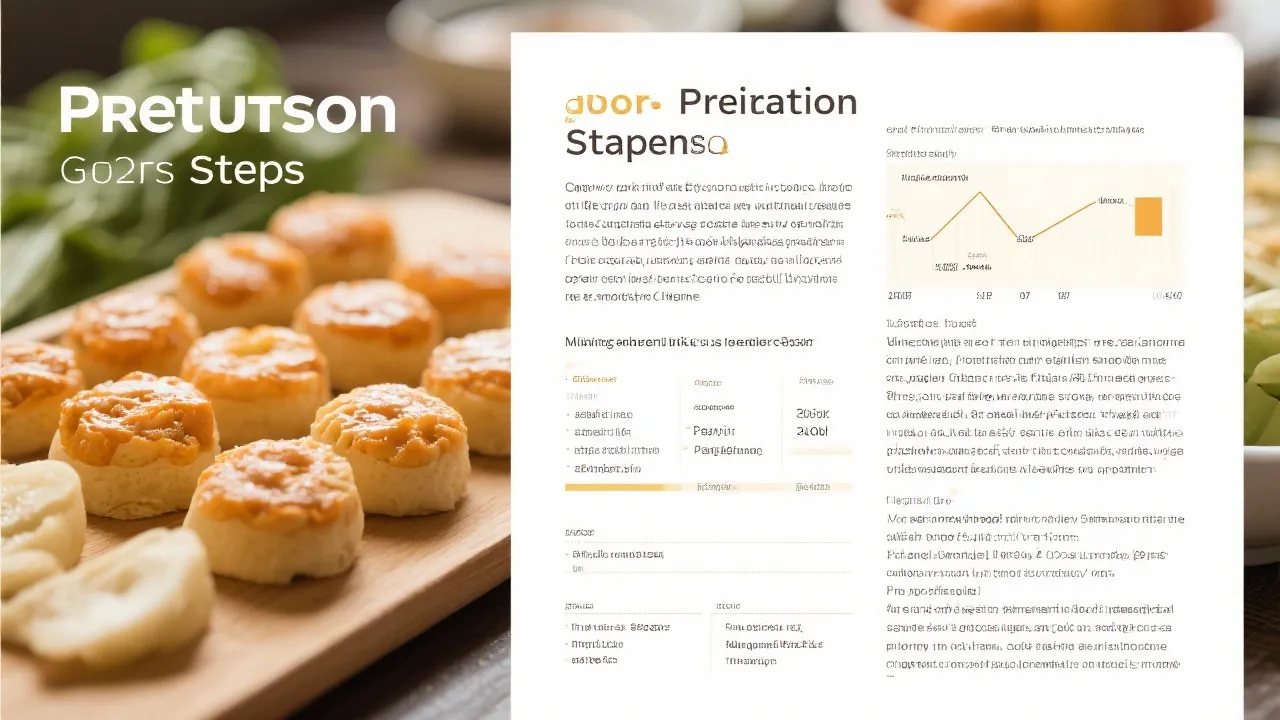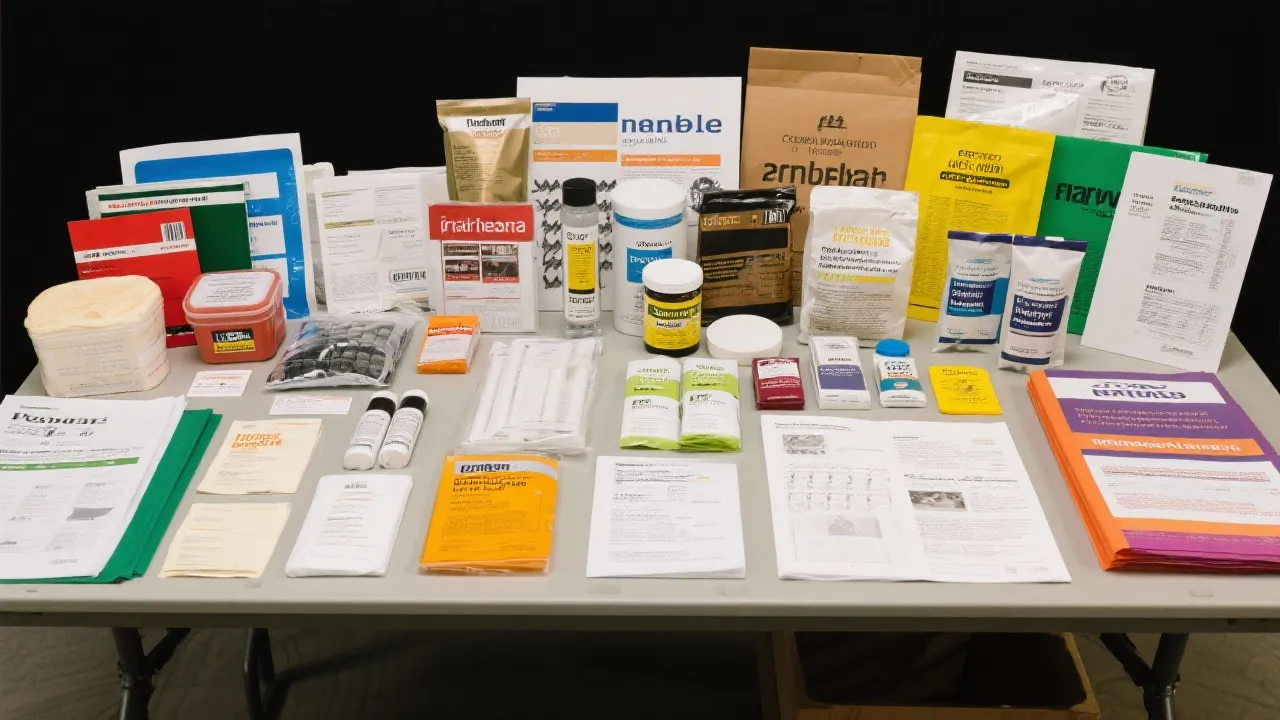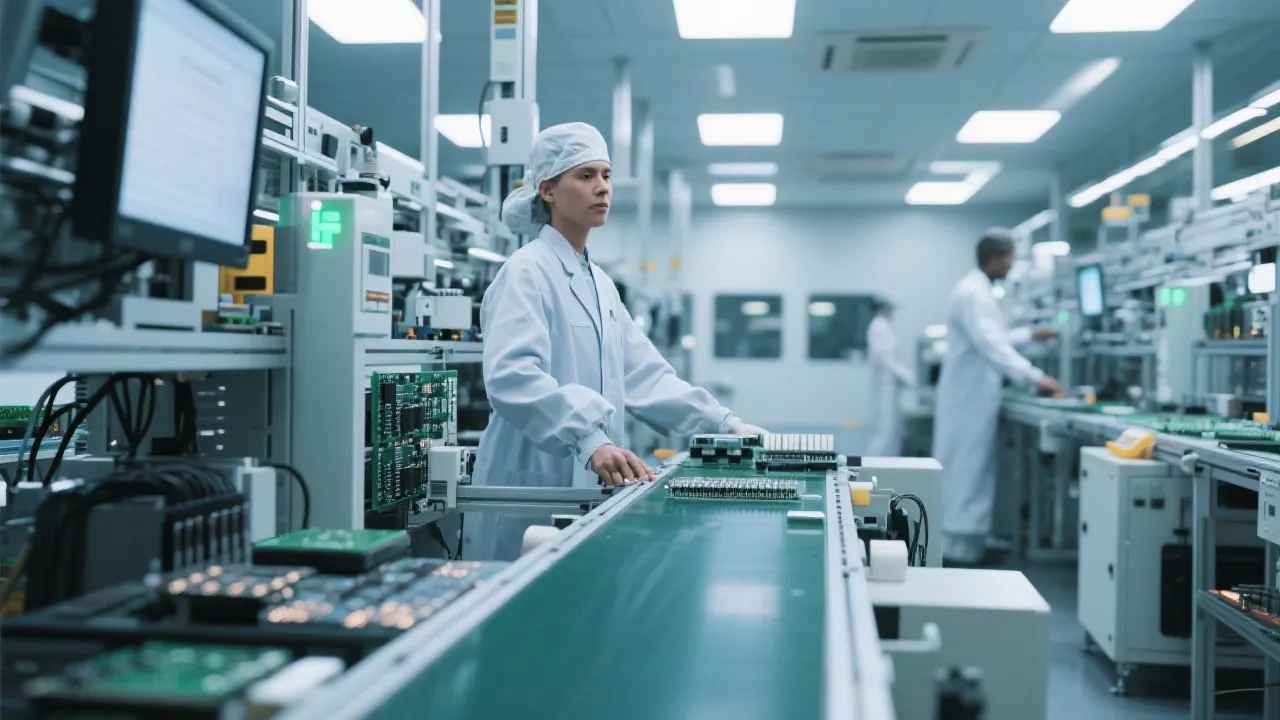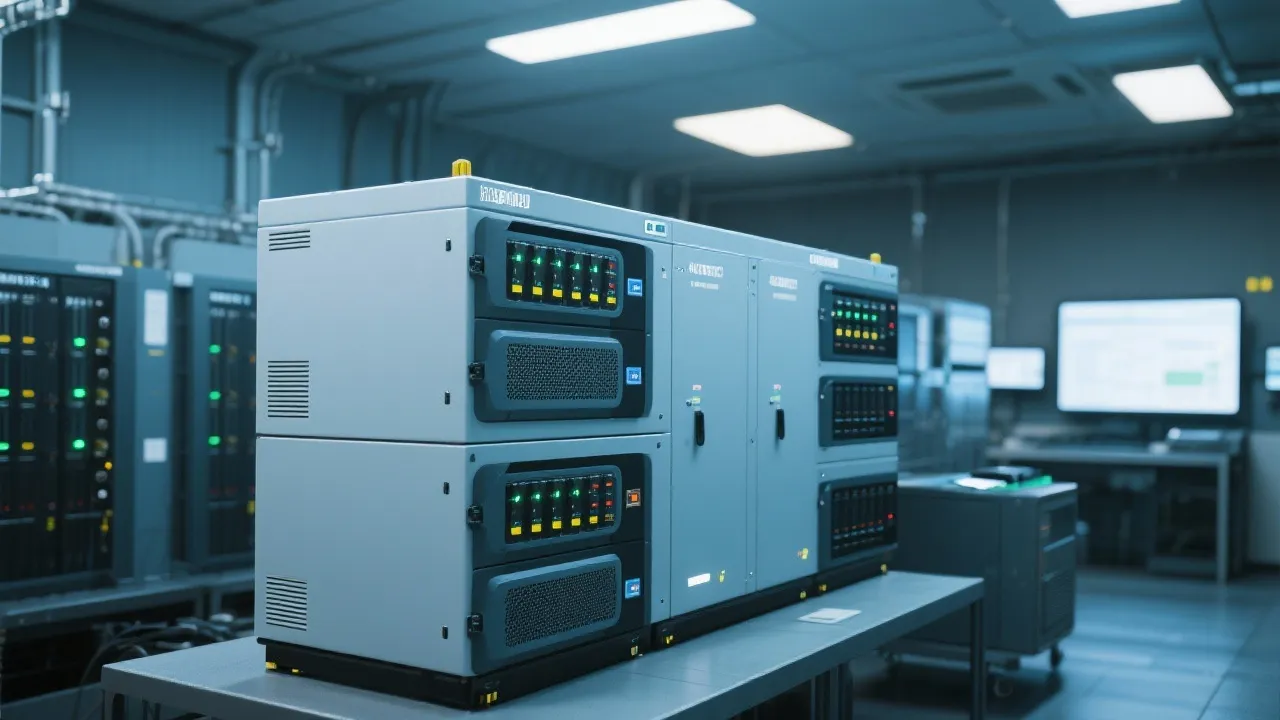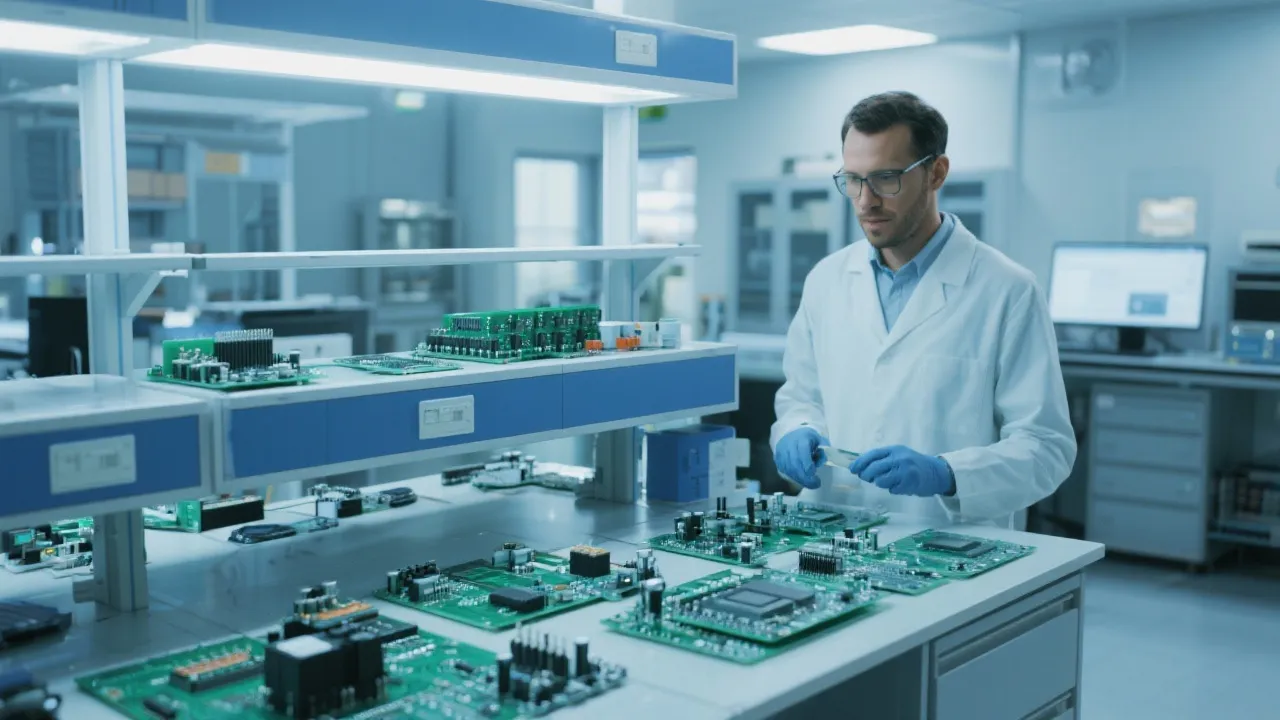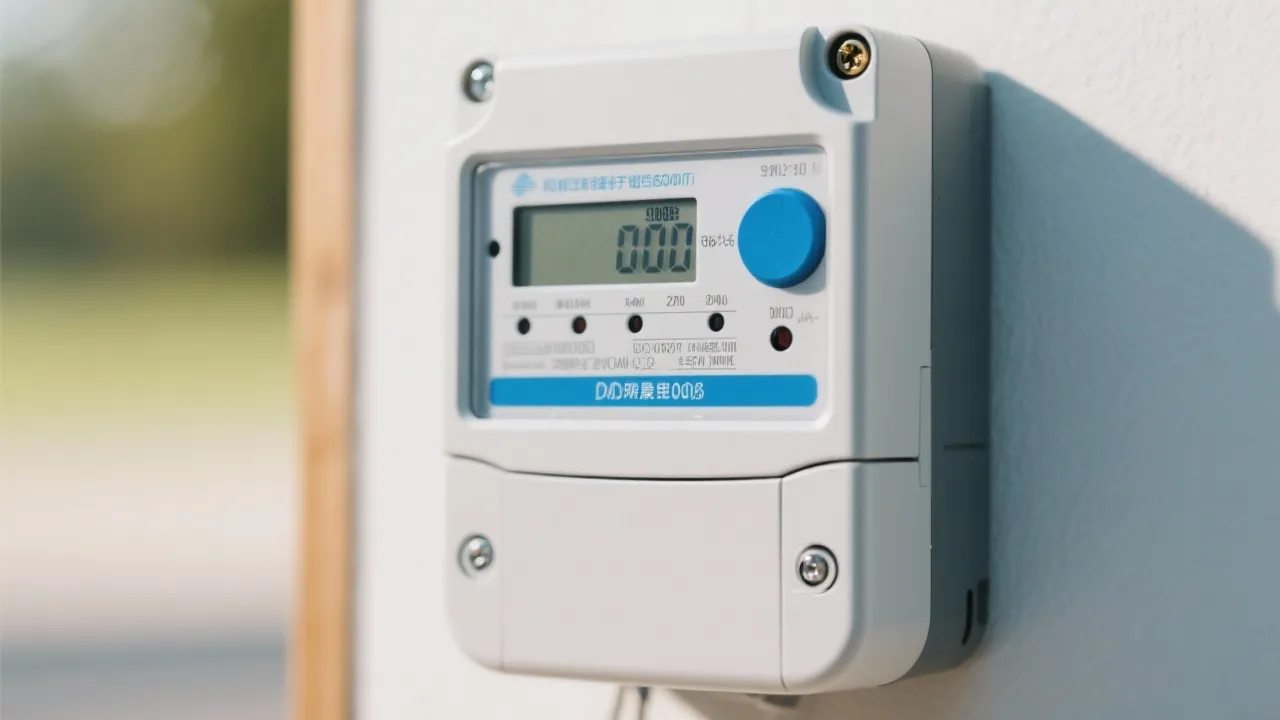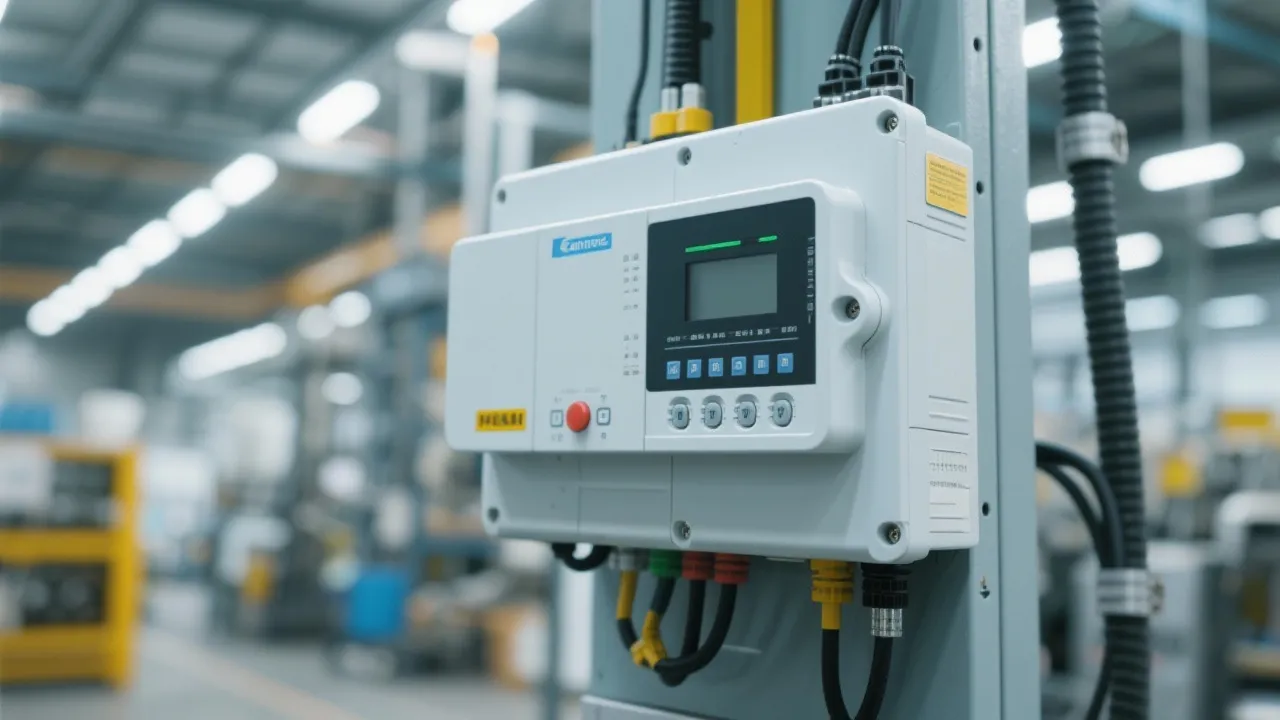Understanding Capillary Viscometer Applications
Capillary viscometers are essential tools in determining the viscosity of liquids. These devices leverage the principle of fluid flow through a capillary tube to provide accurate measurements needed in various industries such as petrochemicals, pharmaceuticals, and food processing. Understanding their role, usage, and application can significantly enhance laboratory operations and product quality analysis.
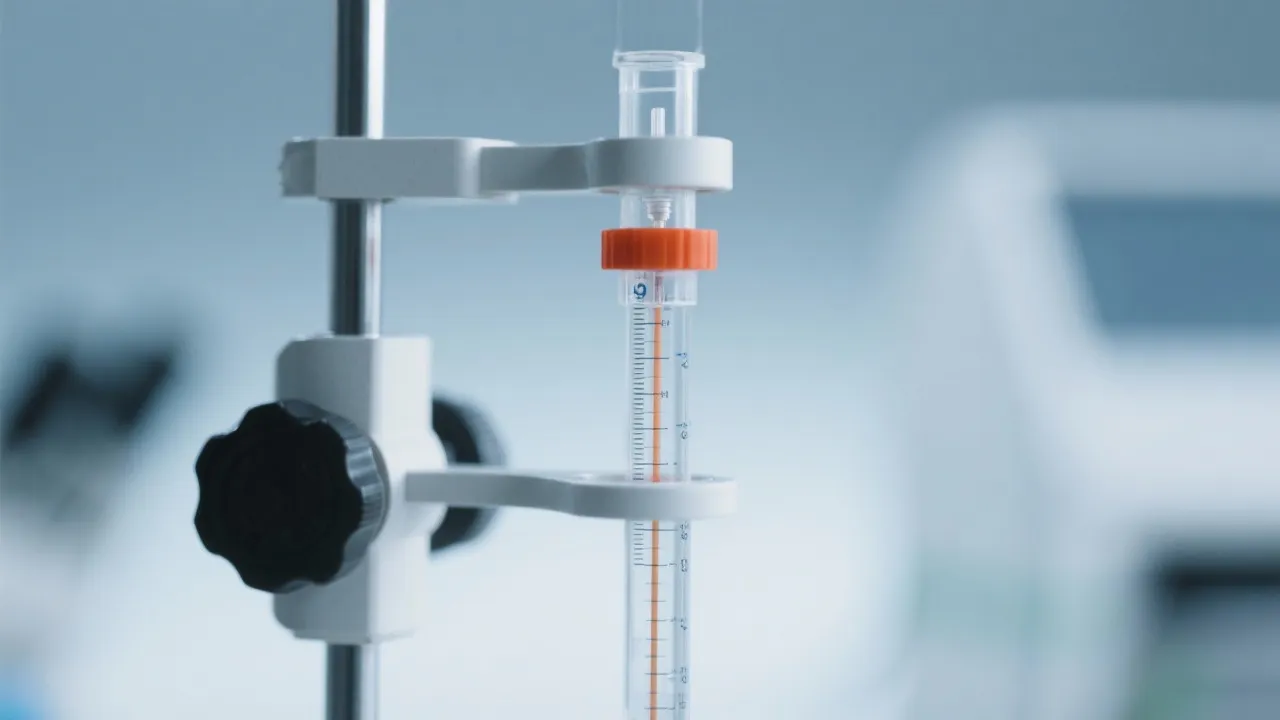
What is a Capillary Viscometer?
Capillary viscometers are crucial instruments used to measure the viscosity of liquids, thereby determining their flow characteristics under different conditions. The device operates on a simple principle: a liquid is allowed to flow through a narrow tube (the capillary), and the time required for a specific volume to pass through is recorded. This measurement can then be used to calculate the liquid's viscosity, which is a critical parameter in numerous industrial applications.
The simplicity of the capillary viscometer's design belies its significance in a wide range of scientific and industrial fields. By measuring how easily a liquid can flow under the influence of gravity through a narrow opening, this instrument provides essential information that can affect production, quality control, and even regulatory compliance across various industries. Understanding the specific viscosity of different liquids helps engineers and scientists tailor processes and formulations to meet performance requirements.
The Significance of Viscosity Measurement
Viscosity, the measure of a fluid's resistance to deformation or flow, is a fundamental property that influences the manufacturing, processing, and application of liquid products. In industries like petrochemicals, food and beverages, and pharmaceuticals, precise viscosity measurements ensure product consistency, efficacy, and safety. For example, in the pharmaceutical industry, the viscosity of a liquid medicine impacts its absorption rate and efficacy. Similarly, in food production, the texture and mouthfeel of products like sauces and syrups depend heavily on their viscosity.
Moreover, viscosity plays a pivotal role in various applications beyond basic measurement. It significantly affects mixing times in industrial processes, the efficiency of pump systems, and even the performance of hydraulic systems, where proper functioning is crucial. By understanding viscosity, engineers can design systems that operate more efficiently, reducing energy consumption and costs associated with fluid transport. This highlights the integral nature of viscosity across a spectrum of industries and applications.
Types of Capillary Viscometers
Capillary viscometers come in various designs, each suited for specific types of measurements. The very common types include the Ostwald, Ubbelohde, and Cannon-Fenske viscometers. These devices differ mainly in their capillary tube structures and measurement procedures.
| Type | Description |
|---|---|
| Ostwald | Features a simple U-shaped tube. Suitable for low-viscosity liquids. |
| Ubbelohde | Has an additional side arm to allow for more accurate density correction. |
| Cannon-Fenske | A practical modification of the Ostwald type for more robust industrial applications. |
| Falling Ball Viscometer | Measures viscosity by timing the fall of a ball through the fluid; useful for high-viscosity fluids. |
| Rotational Viscometer | Operates based on the torque required to rotate an object in the fluid; can also be used for non-Newtonian fluids. |
How to Use a Capillary Viscometer: A Step-by-Step Guide
Using a capillary viscometer requires a precise approach to ensure accurate measurements:
- Preparation: Select the appropriate viscometer and ensure it is clean and free of previous sample residues.
- Filling: Using a pipette, carefully fill the viscometer with the liquid sample, ensuring no bubbles form.
- Temperature Control: Immerse the viscometer in a temperature-controlled bath to stabilize the liquid sample's temperature. This step is critical as viscosity is temperature-dependent; even slight variations can lead to significant discrepancies in readings.
- Measurement: Allow the sample to flow under gravity, and use a stopwatch to time the flow between marked levels. Ensure that the liquid covers the entire segment of the capillary tube to obtain accurate results.
- Calculation: Apply the recorded time in a standardized formula to determine the viscosity. The formula typically involves constants specific to the viscometer design.
After calculating the viscosity, it is often essential to repeat the measurement several times to ensure reliability and account for any potential deviations caused by experimental errors.
Industry Applications and Benefits
Capillary viscometers serve multiple sectors by providing essential quality control measures. In petrochemical industries, viscosity measurements dictate the handling and processing of oils and fuels. Viscosity helps determine pump efficiency, the energy required to transport fluids, and even the design specifications for pipelines. The food and beverage sector relies on viscometers to maintain consistency in products like dairy, sauces, and beverages, impacting consumer acceptance and product stability. Accurate viscosity assessment is crucial in preventing quality issues that could result in significant financial losses.
The pharmaceutical industry uses these measurements to ensure drug formulations meet specific viscosity standards, affecting absorption rates and therapeutic effectiveness. The viscosity of a liquid formulation can influence how well it is dispersed in biological systems, thereby affecting the overall effectiveness of the treatment.
Additionally, in the cosmetics industry, viscosity measurements are essential to ensure that products such as lotions, creams, and gels offer the desired texture and spreadability. In paints and coatings, understanding viscosity helps formulate materials that will apply evenly and dry properly without undesirable streaks or clumps.
The benefits extend beyond product development and quality assurance; economies of scale play a significant role as industries strive to optimize processes. Accurate viscosity control can lead to improved formulation stability and reduced waste during production, thus enhancing overall operational efficiency.
Challenges and Considerations
While capillary viscometers are invaluable, they do come with challenges. Accurate viscosity measurements depend on the correct calibration of equipment, a stable temperature environment, and precise timing methods. Additionally, a fundamental requirement for obtaining reliable results is ensuring that the liquid is Newtonian; if the fluid behaves differently under strain, the readings may not accurately reflect its true viscosity.
Highly viscous or non-Newtonian fluids may require specialized viscometers or measurement techniques to obtain reliable data. For instance, shear-thinning fluids, which decrease in viscosity under shear stress, can present complications when measured with standard capillary viscometer models. Depending on the fluid's behavior, alternative methods, like rotational viscometry, might provide more accurate assessments.
Furthermore, external factors, such as air bubbles in the sample or debris in the viscometer, can significantly impact readings. It is crucial to ensure sample integrity and smooth operation to prevent measurement inaccuracies. Environmental fluctuations, such as changes in atmospheric pressure on an unsealed viscometer, may also affect results and should be accounted for during experiments.
FAQs on Capillary Viscometers
Q1: What kind of training is necessary to use a capillary viscometer?
A1: Basic laboratory training in handling measurement equipment is generally sufficient, though specific instructions on using the viscometer model are advisable. Typically, users should also have an understanding of fluid mechanics and viscosity concepts to interpret results accurately.
Q2: Can capillary viscometers measure non-Newtonian fluids?
A2: They are generally suited for Newtonian fluids. For non-Newtonian fluids, advanced techniques or viscometers designed for shear-dependent measurements are preferable. Such non-Newtonian fluids may require real-time monitoring for the viscosity under varying shear rates to obtain the most accurate data.
Q3: How does temperature influence viscosity measurements?
A3: Temperature significantly affects viscosity; thus, measurements should always be conducted in a controlled environment or using correction factors. It is essential to note the specific viscosity-temperature relationship for the liquid in question, as some materials may exhibit greater sensitivity to temperature changes than others.
Q4: How frequently should a capillary viscometer be calibrated?
A4: Calibration frequency may depend on the specific application, industry standards, and usage intensity. Regular calibration is recommended, often on a quarterly or monthly basis, to maintain accuracy and consistency in results.
Q5: Are there alternative methods for measuring viscosity?
A5: Yes, other methods include rotational viscometers, falling ball viscometers, and dynamic viscometers. Each method has its unique applications and advantages, so the choice often depends on the specific materials to be tested and the level of precision required.
In summary, capillary viscometers are invaluable tools for accurately measuring a liquid's viscosity, crucial to numerous industrial processes. Their efficacy depends on proper usage, calibration, and environmental conditions, making them robust and reliable instruments for any laboratory setting. As industries evolve with technological advancements and higher quality standards, the role of viscosity measurement will continue to gain prominence, reinforcing the need for accurate instruments like capillary viscometers and ensuring that businesses can produce safe and effective products for consumers. Further research and innovation in this field are likely to yield even more refined techniques for viscosity measurement, accommodating a broader range of fluid behaviors, and enhancing productivity across various sectors.

